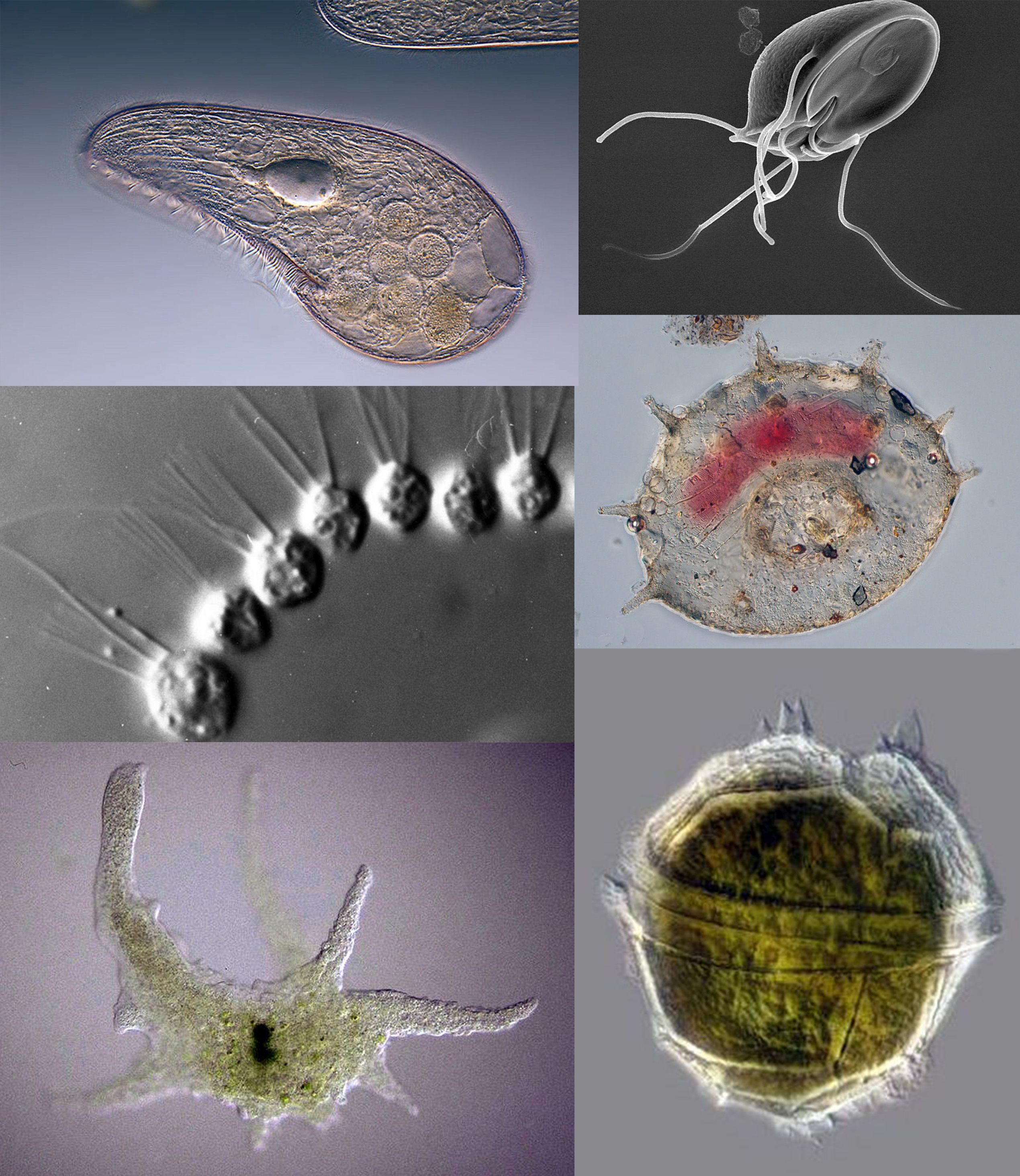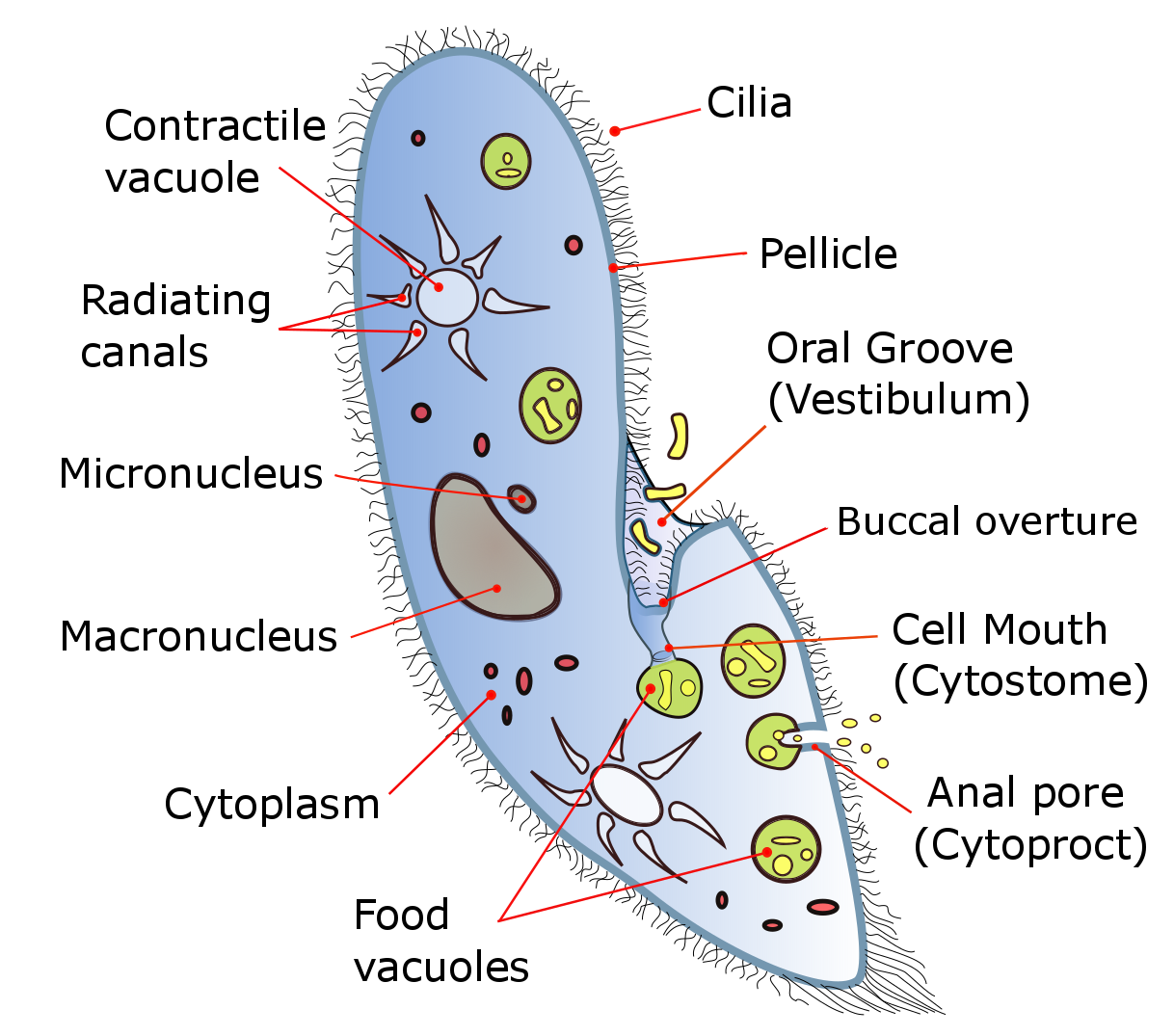|
Jovan Hadži
Jovan Hadži (; 22 November 1884 – 11 December 1972) was a Slovenian zoologist of Serbian origin. Biography Hadži was born in a Serbian family in Temišvar (today Timișoara, Romania) in what was then Austria-Hungary. He began his career in Zagreb. In 1920, he moved to Ljubljana where he became the head of zoological institute at the then established University of Ljubljana. Between 1951 and 1972, Hadži was the head of the Biological institute at Slovenian Academy of Sciences and Arts (SASA). In 1938, he became a full member of SASA. Hadži proposed unique theories of animal evolution. He devised a system of classification in which he divided the animal kingdom into six phyla: Protozoa, Parazoa, "Ameria" (animals with no segments), "Oligomeria" (animals with few segments), "Polymeria" (animals with many segments) and Chordata. His choice of characters important for classification was generally discredited by his contemporaries, and the system was never accepted by zoologists. ... [...More Info...] [...Related Items...] OR: [Wikipedia] [Google] [Baidu] |
Timișoara
), City of Roses ( ro, Orașul florilor), City of Parks ( ro, Orașul parcurilor) , image_map = Timisoara jud Timis.svg , map_caption = Location in Timiș County , pushpin_map = Romania#Europe , pushpin_relief = 1 , pushpin_label_position = bottom , coordinates = , subdivision_type = Country , subdivision_name = , subdivision_type1 = County , subdivision_name1 = Timiș , subdivision_type2 = Status , subdivision_name2 = County seat A county seat is an administrative center, seat of government, or capital city of a county or civil parish. The term is in use in Canada, China, Hungary, Romania, Taiwan, and the United States. The equivalent term shire town is used in the US ... , established_title = First official record , established_date = 1212 (as ''castrum regium Themes'') , leader_party = USR , leader_title = ... [...More Info...] [...Related Items...] OR: [Wikipedia] [Google] [Baidu] |
Protozoa
Protozoa (singular: protozoan or protozoon; alternative plural: protozoans) are a group of single-celled eukaryotes, either free-living or parasitic, that feed on organic matter such as other microorganisms or organic tissues and debris. Historically, protozoans were regarded as "one-celled animals", because they often possess animal-like behaviours, such as motility and predation, and lack a cell wall, as found in plants and many algae. When first introduced by Georg Goldfuss (originally spelled Goldfuß) in 1818, the taxon Protozoa was erected as a class within the Animalia, with the word 'protozoa' meaning "first animals". In later classification schemes it was elevated to a variety of higher ranks, including phylum, subkingdom and kingdom, and sometimes included within Protoctista or Protista. The approach of classifying Protozoa within the context of Animalia was widespread in the 19th and early 20th century, but not universal. By the 1970s, it became usual to require ... [...More Info...] [...Related Items...] OR: [Wikipedia] [Google] [Baidu] |
Isohypsibius Hadzii
''Isohypsibius'' is a genus of water bear or moss piglet, a tardigrade in the class Eutardigrada. Species * ''Isohypsibius altai'' Kaczmarek and Michalczyk, 2006 * ''Isohypsibius annulatus'' (Murray, 1905) * '' Isohypsibius arbiter'' Binda, 1980 * '' Isohypsibius archangajensis'' Kaczmarek and Michalczyk, 2004 * '' Isohypsibius arcuatus'' (Bartos, 1934) * ''Isohypsibius asper'' (Murray, 1906) * ''Isohypsibius austriacus'' (Iharos, 1966) * '' Isohypsibius baicalensis'' (Ramazzotti, 1966) * '' Isohypsibius baldii'' (Ramazzotti, 1945) * '' Isohypsibius baldiioides'' Tumanov, 2003 * '' Isohypsibius barbarae'' Pilato & Binda 2002 * '' Isohypsibius bartosi'' (Iharos, 1966) * ''Isohypsibius basalovoi'' (Durante and Maucci, 1972) * '' Isohypsibius belliformis'' (Mihelcic, 1971) * ''Isohypsibius bellus'' (Mihelcic, 1971) * ''Isohypsibius borkini'' Tumanov, 2003 * '' Isohypsibius brevispinosus'' (Iharos, 1966) * ''Isohypsibius brulloi'' Pilato and Pennini, 1976 * ''Isohypsibius bulbifer'' ... [...More Info...] [...Related Items...] OR: [Wikipedia] [Google] [Baidu] |
Prešeren Award
The Prešeren Award ( sl, Prešernova nagrada), also called the Grand Prešeren Award ( sl, Velika Prešernova nagrada), is the highest decoration in the field of artistic and in the past also scientific creation in Slovenia. It is awarded each year by the Prešeren Fund () to two eminent Slovene artists, with the provision that their work was presented to the public at least two years ago. In general, it may be given to an artist only once, and can also be given to a group of artists. It is given on the eve of the Prešeren Day, the Slovenian cultural holiday celebrated on the anniversary of the death of France Prešeren, the Slovene national poet. On the same occasion, the Prešeren Fund Awards () or Small Prešeren Awards () are given to up to six artists. The awardees also receive a financial award, with the Prešeren Award three times as high as the Prešeren Fund Award. In recent years, the awards have been increasingly given for lifetime work. History The Prešeren Award was ... [...More Info...] [...Related Items...] OR: [Wikipedia] [Google] [Baidu] |
Ljubljana Cave Exploration Society (DZRJL)
Ljubljana (also known by other historical names) is the capital and largest city of Slovenia. It is the country's cultural, educational, economic, political and administrative center. During antiquity, a Roman city called Emona stood in the area. Ljubljana itself was first mentioned in the first half of the 12th century. Situated at the middle of a trade route between the northern Adriatic Sea and the Danube region, it was the historical capital of Carniola, one of the Slovene-inhabited parts of the Habsburg monarchy. It was under Habsburg rule from the Middle Ages until the dissolution of the Austro-Hungarian Empire in 1918. After World War II, Ljubljana became the capital of the Socialist Republic of Slovenia, part of the Socialist Federal Republic of Yugoslavia. The city retained this status until Slovenia became independent in 1991 and Ljubljana became the capital of the newly formed state. Name The origin of the name ''Ljubljana'' is unclear. In the Middle Ages, both the ... [...More Info...] [...Related Items...] OR: [Wikipedia] [Google] [Baidu] |
Genus
Genus ( plural genera ) is a taxonomic rank used in the biological classification of living and fossil organisms as well as viruses. In the hierarchy of biological classification, genus comes above species and below family. In binomial nomenclature, the genus name forms the first part of the binomial species name for each species within the genus. :E.g. '' Panthera leo'' (lion) and '' Panthera onca'' (jaguar) are two species within the genus ''Panthera''. ''Panthera'' is a genus within the family Felidae. The composition of a genus is determined by taxonomists. The standards for genus classification are not strictly codified, so different authorities often produce different classifications for genera. There are some general practices used, however, including the idea that a newly defined genus should fulfill these three criteria to be descriptively useful: # monophyly – all descendants of an ancestral taxon are grouped together (i.e. phylogenetic analysis should c ... [...More Info...] [...Related Items...] OR: [Wikipedia] [Google] [Baidu] |
Invertebrate
Invertebrates are a paraphyletic group of animals that neither possess nor develop a vertebral column (commonly known as a ''backbone'' or ''spine''), derived from the notochord. This is a grouping including all animals apart from the chordate subphylum Vertebrata. Familiar examples of invertebrates include arthropods, mollusks, annelids, echinoderms and cnidarians. The majority of animal species are invertebrates; one estimate puts the figure at 97%. Many invertebrate taxa have a greater number and variety of species than the entire subphylum of Vertebrata. Invertebrates vary widely in size, from 50 μm (0.002 in) rotifers to the 9–10 m (30–33 ft) colossal squid. Some so-called invertebrates, such as the Tunicata and Cephalochordata, are more closely related to vertebrates than to other invertebrates. This makes the invertebrates paraphyletic, so the term has little meaning in taxonomy. Etymology The word "invertebrate" comes from the Latin word ''vertebra' ... [...More Info...] [...Related Items...] OR: [Wikipedia] [Google] [Baidu] |
Cellular Membrane
The cell membrane (also known as the plasma membrane (PM) or cytoplasmic membrane, and historically referred to as the plasmalemma) is a biological membrane that separates and protects the interior of all cells from the outside environment (the extracellular space). The cell membrane consists of a lipid bilayer, made up of two layers of phospholipids with cholesterols (a lipid component) interspersed between them, maintaining appropriate membrane fluidity at various temperatures. The membrane also contains membrane proteins, including integral proteins that span the membrane and serve as membrane transporters, and peripheral proteins that loosely attach to the outer (peripheral) side of the cell membrane, acting as enzymes to facilitate interaction with the cell's environment. Glycolipids embedded in the outer lipid layer serve a similar purpose. The cell membrane controls the movement of substances in and out of cells and organelles, being selectively permeable to ions ... [...More Info...] [...Related Items...] OR: [Wikipedia] [Google] [Baidu] |
Cell Nucleus
The cell nucleus (pl. nuclei; from Latin or , meaning ''kernel'' or ''seed'') is a membrane-bound organelle found in eukaryotic cells. Eukaryotic cells usually have a single nucleus, but a few cell types, such as mammalian red blood cells, have no nuclei, and a few others including osteoclasts have many. The main structures making up the nucleus are the nuclear envelope, a double membrane that encloses the entire organelle and isolates its contents from the cellular cytoplasm; and the nuclear matrix, a network within the nucleus that adds mechanical support. The cell nucleus contains nearly all of the cell's genome. Nuclear DNA is often organized into multiple chromosomes – long stands of DNA dotted with various proteins, such as histones, that protect and organize the DNA. The genes within these chromosomes are structured in such a way to promote cell function. The nucleus maintains the integrity of genes and controls the activities of the cell by regulating g ... [...More Info...] [...Related Items...] OR: [Wikipedia] [Google] [Baidu] |
Ciliate
The ciliates are a group of alveolates characterized by the presence of hair-like organelles called cilia, which are identical in structure to eukaryotic flagella, but are in general shorter and present in much larger numbers, with a different undulating pattern than flagella. Cilia occur in all members of the group (although the peculiar Suctoria only have them for part of their life cycle) and are variously used in swimming, crawling, attachment, feeding, and sensation. Ciliates are an important group of protists, common almost anywhere there is water—in lakes, ponds, oceans, rivers, and soils. About 4,500 unique free-living species have been described, and the potential number of extant species is estimated at 27,000–40,000. Included in this number are many ectosymbiotic and endosymbiotic species, as well as some obligate and opportunistic parasites. Ciliate species range in size from as little as 10 µm in some colpodeans to as much as 4 mm in length in s ... [...More Info...] [...Related Items...] OR: [Wikipedia] [Google] [Baidu] |






